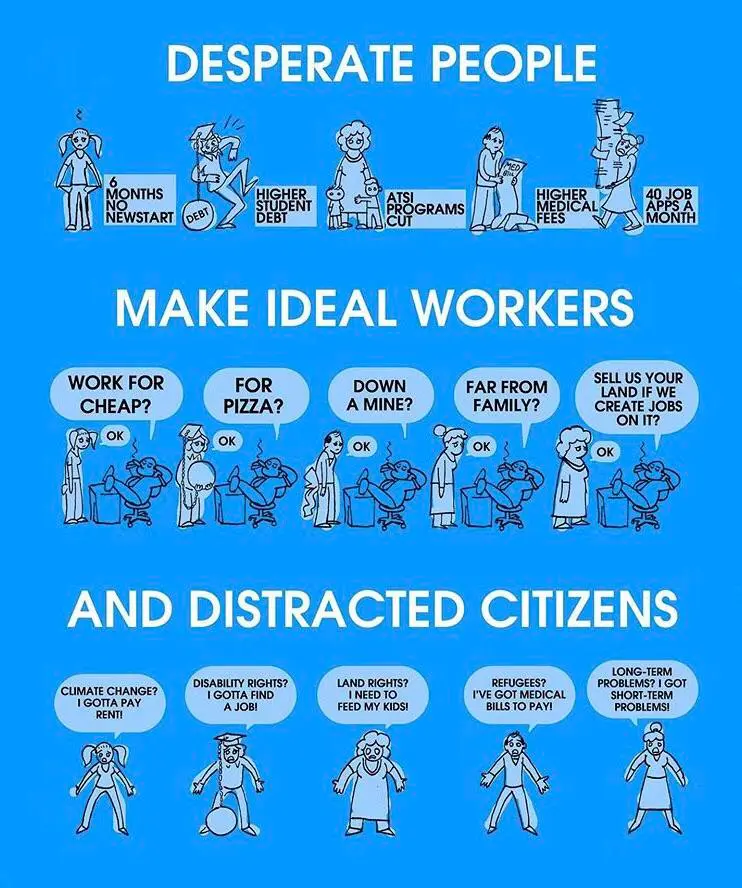

Yep, This is taken straight from Facebooks advertisements circa 2018, maybe still today.


Yep, This is taken straight from Facebooks advertisements circa 2018, maybe still today.


Super Thunder Blade did this, same era too.


Put each character in a spans with random classes, intersperse other random characters all over the place also with random classes, then make the unwanted characters hidden.
Bonus points if you use css to shuffle the order of letters too.
Accessibility? Pffffft.


I bought Minecraft when it was first purchaseable. Only converted my account last month as my new-school-entrant kid has asked what it is.
And honestly, I wish I didn’t. The MS launcher is an absolute shit show in usability for adults, let alone kids. Next time it forces me to log back in I’m just pirating it.
I bought two copies, I’ll fucking run them how I please.
Yes, this link has been disabled as per (dumb) organisation policy.
Ok. Did a quick read. And I think I mixed my words a little.
Yes, Active Directory supports TOTP fine.
But my understanding is rollouts can disable TOTP, and instead force the use of the proprietary scheme requiring the MS Authenticator app (which also supports TOTP) that uses push notifications to the device.
As is the case with my employer. They didn’t enable TOTP, and I am unable to use the provided MFA QR code with 1Password.
Afaik, Microsoft’s OTP implementation is proprietary and not TOTP.
But also, my understanding is you can select which MFA schemes you can use, and allow SMS, MS MFA, and TOTP.
Source: employer used to allow sms, locked it down, and totp apps can’t parse the MS authenticator QR codes.


I thought everyone decided “jfgi” in online discourse was a toxic years ago. It’s the same attitude as :
chemtrails make you sick!
How so?
go do your own research
If you’re going report on something, provide a little more information than just “no”. It’s more helpful, better for the community, and in 5 years time when the facts are different, there’ll still be a reference of what was factual in the past.


Do state cases stay state cases?
Could “someone” leak some evidence that would make the case a federal one, and then pardon himself?


A splash of milk (probably any dairy?) in stews and meat based sauces just before serving.


If I were building it, I’d do the watermarking on the individual assets & textures.
Your asset pipeline would publish these to the solution, which would pack it up ready for distribution.
Except, each beta tester logs into the game and the publishing system gives them a personalised set of assets with a unique noise filter thrown over the top.
Mr leaky beta player publishes a video or screenshot of the gameplay, and then the studio can just reverse the noise algorithm to get their unique ID.
Absolutely terrible for large scale content delivery. But for a small closed beta, probably not an issue.


It’s just more shifting the goalposts.
By lowering the bar on what “wealthy” is, it starts targeting those chanting “eat the rich” at each other.
Timmy the Zer sees Dave the Xer with a house and car and equates that with wealth and starts blasting. While the actual wealthy hide away in their riches and are left alone.
Pros:
Cons:


You’re conflating copackers with brands.
Store brands will go to the same copackers, truth. But the copacker will not just make a premium brand product for a store brand at a lower cost. It will be a recipe made to a taste/price spec. Maybe all the ingredients are sourced from the same place, but the recipe will be different.
What can be nearly identical are branding tiers. Large companies like Unilever, Johnson & Johnson, Procter & Gamble etc will sometimes have multiple “competing” brands in the same market, all made in the same factory.
We had the same. And you would have thought for a heavily regulated industry we’d keep it that way.
But no, some executive wonk from Microsoft flew over, gave our c-suite a “it’s safe, promise” chat over champagne and lobster, and now we’re happily using copilot.


Spent ages making lists and whittling it down.
Then yeeted the list 30mins after the birth and picked a name we never discussed, mentioned, no family history, or knew anyone with.
Is this just the cost per raw Watt produced?
Is it a fair comparison vs conventional fuel-based power (coal/nuclear)?
Ie: if you wanted to build a plant capable of producing continuously, 24 hours a day, you would need some multiple of solar panels to produce an excess during daylight, and storage.
Not that drastic drops in solar costs aren’t bad, just what would the cost-per-watt be if you had to power an average city on just solar for a year?
Because you’re only ‘exposing’ the port on the peer to peer network.
You “publish” a port to holesail, then clients have to create a local proxy via holesail before they can access it.
I agree, It’s a dumb pointless claim. But I don’t think it’s misleading.
It looks like holesail is just tailscale, but on a much smaller scale. It’s not networks, it’s just ports.